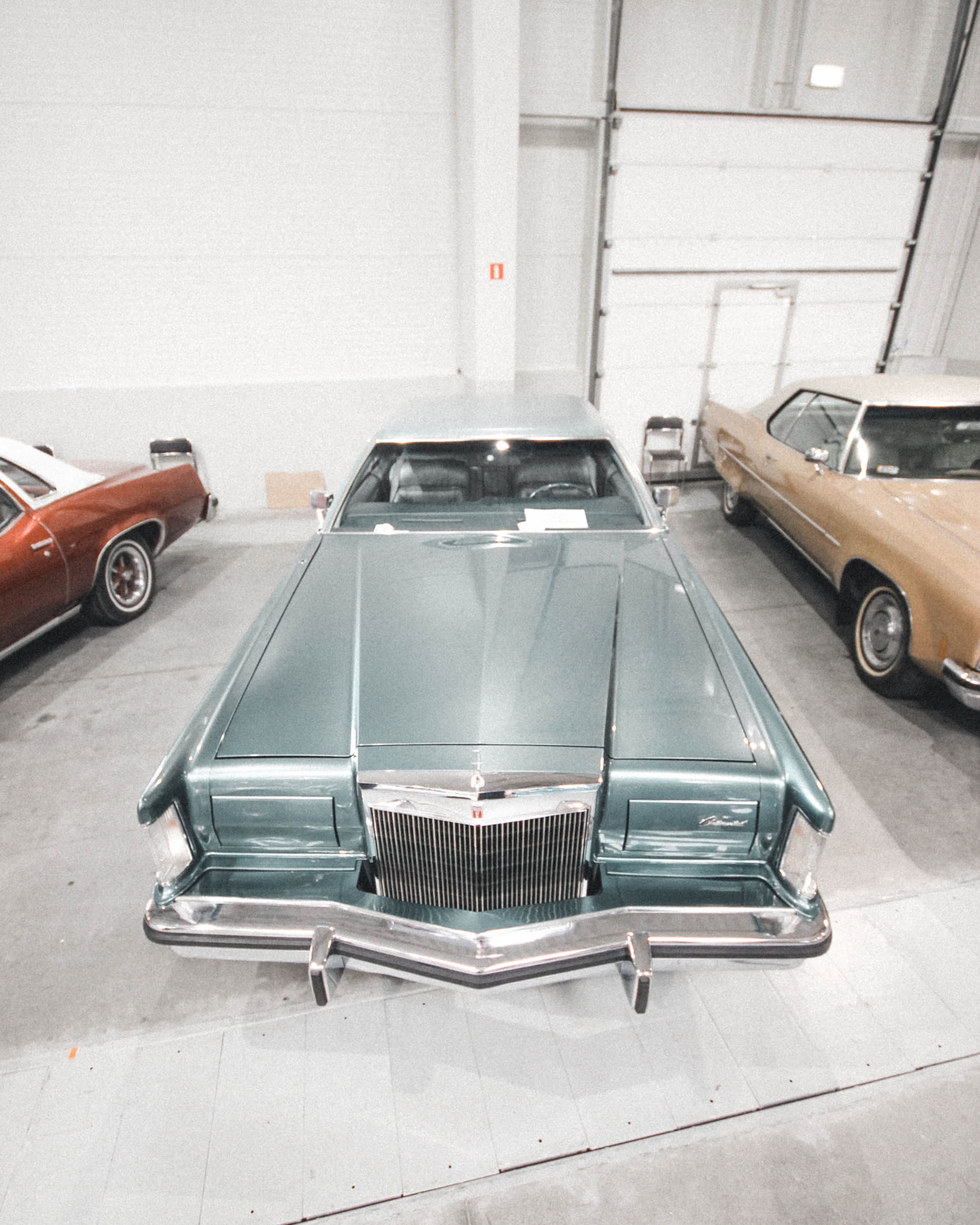

The Evolution of Fashion Through the Decades: Tracing fashion trends from the past to the present.
Fashion has always been a reflection of society, culture, and individual expression. Over the decades, fashion trends have evolved significantly, reflecting changes in social norms, political movements, technological advancements, and artistic influences. Let's explore the evolution of fashion through the decades, highlighting key trends and their impact on society.
-
1920s - The Roaring Twenties: The 1920s witnessed a dramatic shift in fashion, symbolizing the liberation and rebellion against traditional values. Women embraced short skirts, loose-fitting dresses, and the iconic flapper style. Coco Chanel introduced the little black dress, and the Art Deco movement influenced geometric patterns and bold colors.
-
1930s - The Great Depression: The economic downturn of the 1930s influenced fashion, as people sought more affordable and practical clothing. Women's fashion became more conservative, with longer hemlines and tailored suits. The influence of Hollywood glamor can be seen in bias-cut gowns and fur accessories.
-
1940s - World War II: During World War II, fashion took a backseat as resources were redirected towards the war effort. Rationing led to clothing shortages, and women embraced utility fashion with practical designs and simpler silhouettes. The iconic "Rosie the Riveter" look, with women wearing overalls and headscarves, symbolized their contribution to the war effort.
-
1950s - Post-War Boom: The 1950s marked a return to glamour and femininity as society emerged from the war. Christian Dior's "New Look" revolutionized fashion with cinched waists, full skirts, and emphasized curves. The rise of youth culture and rock 'n' roll influenced the rebellious style of the greasers and the iconic poodle skirts.
-
1960s - The Swinging Sixties: The 1960s witnessed a cultural revolution, and fashion became a powerful form of self-expression. The mod style emerged, characterized by mini skirts, geometric prints, and bold colors. The counterculture movement influenced hippie fashion, with flowing maxi dresses, bell-bottoms, and tie-dye patterns.
-
1970s - Disco Fever: The disco era of the 1970s brought about a flashy and glamorous fashion trend. Disco fashion embraced glitter, sequins, and metallic fabrics. Platform shoes, wide-legged pants, and jumpsuits were popular. The punk movement also emerged, with ripped jeans, leather jackets, and unconventional hairstyles.
-
1980s - Excess and Power Dressing: The 1980s was a decade of excess and power dressing. Shoulder pads, oversized blazers, and bold accessories were the norm. The influence of music icons like Madonna and Michael Jackson led to trends such as neon colors, leg warmers, and parachute pants. The fitness craze also influenced the popularity of aerobics wear.
-
1990s - Grunge and Minimalism: The 1990s showcased a more relaxed and casual approach to fashion. Grunge fashion, popularized by bands like Nirvana, featured flannel shirts, ripped jeans, and combat boots. Minimalism also gained popularity, with clean lines, neutral colors, and simple silhouettes.
-
2000s - The Rise of Fast Fashion: The 2000s marked the rise of fast fashion and the influence of celebrity culture. Trends changed rapidly, with low-rise jeans, logo-centric clothing, and velour tracksuits becoming popular. The influence of technology led to the rise of online shopping and social media influencers.
-
2010s - Individuality and Sustainability: In recent years, fashion trends have become more diverse and individualistic. Streetwear and athleisure gained popularity, with brands like Supreme and Off-White leading the way. Sustainable fashion also became a significant trend, with an increased focus on ethical production and eco-friendly materials.
It is important to note that fashion trends are not limited to these specific decades and can overlap or reemerge in different eras. Additionally, regional and cultural differences also play a significant role in fashion evolution.
References:
- Steele, V. (2012). The fashion design reference & specification book: Everything fashion designers need to know every day. Rockport Publishers.
- Hollander, A. (1994). Sex and suits: The evolution of modern dress. Kodansha.
- Tortora, P. G., & Eubank, K. (2017). Survey of historic costume. Bloomsbury Visual Arts.
Related Posts
© 2025 Invastor. All Rights Reserved

User Comments